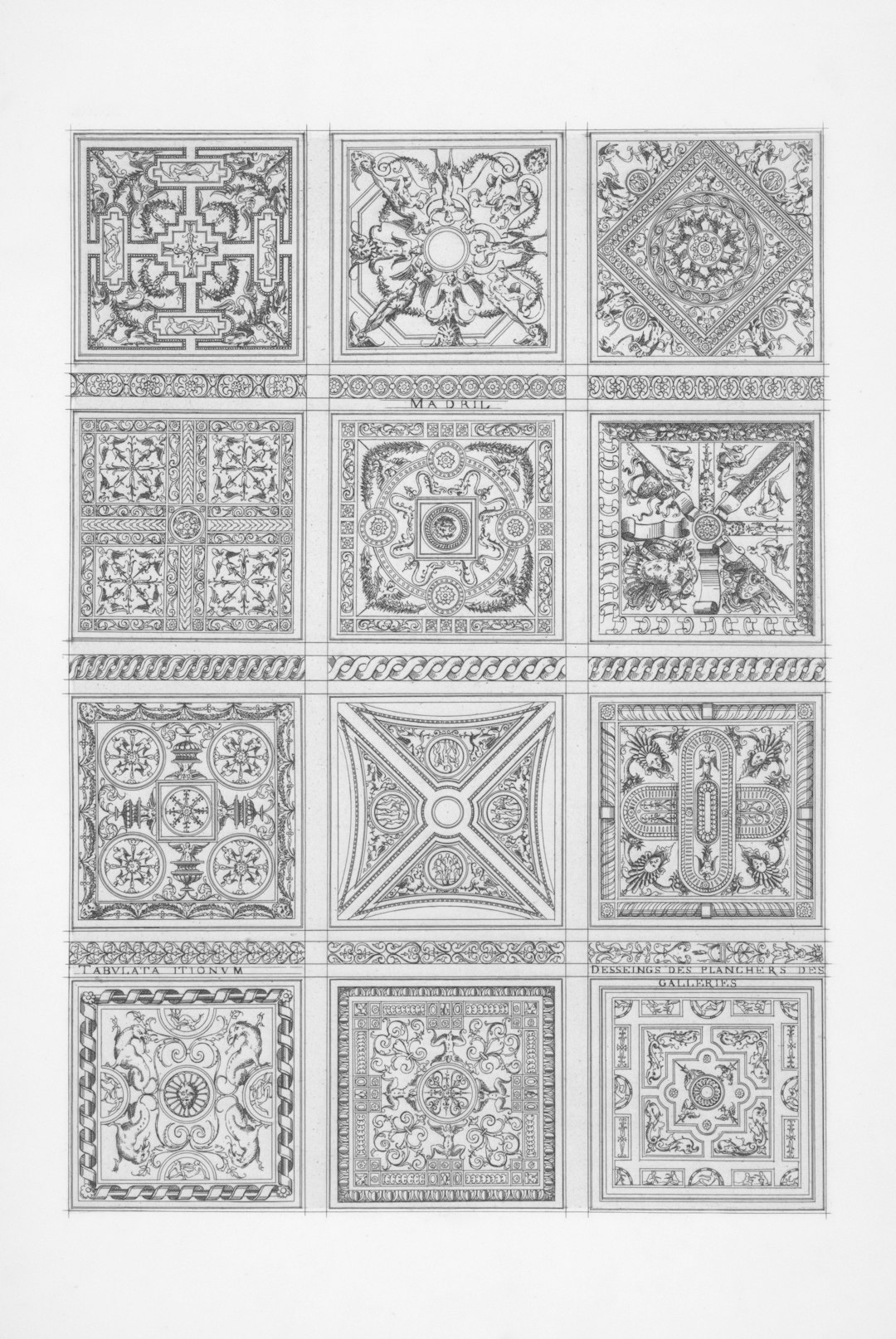
Must-See Monument Destinations: A Journey Through History and Culture
## Introduction. Monuments are more than just structures; they are the stories of our past, embodying the culture, history, and art of civilizations gone by. For travelers, these sites offer a connection to times and events that shaped the world as we know it today. This blog post will explore some of the must-see monument destinations around the globe, showcasing their significance and unique features. From ancient ruins to modern wonders, prepare to embark on a journey that promises to be educational, inspiring, and utterly unforgettable. ## The Great Wall of China. The Great Wall of China stands as a testament to human ingenuity and determination. Stretching over 13,000 miles, this monumental structure was primarily built to protect the Chinese states from invasions. But today, it offers tourists breathtaking panoramic views and a glimpse into China's rich history. Travelers can explore various sections of the wall, like the restored Badaling section, ideal for families, or the less crowded and rugged Jiankou for those seeking adventure. Visiting the Great Wall is not just about walking along its expanse; it’s an invitation to learn about the cultural significance of the wall, the stories of the workers who built it, and the challenges they faced. Guided tours often incorporate insights into Chinese history and architecture, making the experience deeply enriching. Don't forget your camera; the sunrise or sunset views from the wall are truly magical. ## The Pyramids of Giza, Egypt. No list of monumental destinations would be complete without the Pyramids of Giza. These ancient tombs, built as a resting place for pharaohs, are some of the most iconic structures in the world. The Great Pyramid of Khufu, one of the Seven Wonders of the Ancient World, continues to astound visitors with its sheer size and precision. Exploring the Pyramids allows travelers to immerse themselves in ancient Egyptian culture. Visitors can enjoy guided tours to learn about each pyramid’s history and significance, visit the nearby Sphinx, and even venture inside some of these ancient structures. Be sure to visit during cooler months to avoid the scorching heat and consider a camel ride to experience the desert like the ancient Egyptians did. ## The Colosseum, Italy. As the largest ancient amphitheater ever built, the Colosseum in Rome is a marvel of engineering. Constructed in AD 70-80, this structure hosted gladiatorial contests and public spectacles, retaining a visceral connection to the Roman Empire. The sheer scale of the Colosseum, accommodating up to 80,000 spectators, speaks volumes about the entertainment culture of ancient Rome. When visiting, consider joining a guided tour that delves into the Colosseum's extraordinary history, revealing tales of ancient battles and events that took place within its walls. The surrounding Roman Forum and Palatine Hill also provide additional context, making it a perfect day for exploring the heart of ancient Rome. Ensure that you book your tickets in advance, as the Colosseum attracts millions of tourists each year. ## Machu Picchu, Peru. Hidden high in the Andes Mountains, Machu Picchu remains one of the most breathtaking monument destinations. Often referred to as the “Lost City of the Incas,” this UNESCO World Heritage Site showcases incredible stonework and structure, telling stories of the Incan civilization's architectural prowess. Hiking the Inca Trail to reach Machu Picchu is a rite of passage for many adventurers, offering captivating views of the lush landscape along the way. Once at the ancient site, the unexpected views over the valley and the intricate terraces built into the mountainside create a surreal atmosphere. Explore the Temple of the Sun and the Intihuatana stone, believed to be a ritual stone associated with astronomy. With the stunning backdrop of the Andes, it’s no surprise that this destination is a bucket-list item for many travelers. ## The Taj Mahal, India. The Taj Mahal, a symbol of love and an architectural marvel, is one of the most romantic and recognizable monuments in the world. Built by Mughal Emperor Shah Jahan in memory of his wife Mumtaz Mahal, this white marble mausoleum draws millions of visitors each year. The spectacular dome, intricate inlay work, and surrounding gardens present visitors with a stunning visual treat. The Taj Mahal's beauty is accentuated at sunrise and sunset, making these times ideal for photography. Travelers can engage with local guides who offer insights into the monument's significant history and the craftsmanship involved in its construction. Visiting Agra also allows for exploring the nearby Agra Fort, which adds depth to the historical narrative of the region. ## Conclusion. Traveling to these must-see monument destinations not only enriches one’s understanding of world history and culture but also inspires awe and curiosity. Whether it's the ancient structures of Egypt or the breathtaking beauty of Machu Picchu, each monument reflects the ingenuity and creative spirit of humanity. As you plan your next travel adventure, consider visiting these monumental sites to experience history in a way that is both personal and profound. Remember that every monument has a story waiting to be unveiled, so take your time to explore and appreciate each unique gem. .








